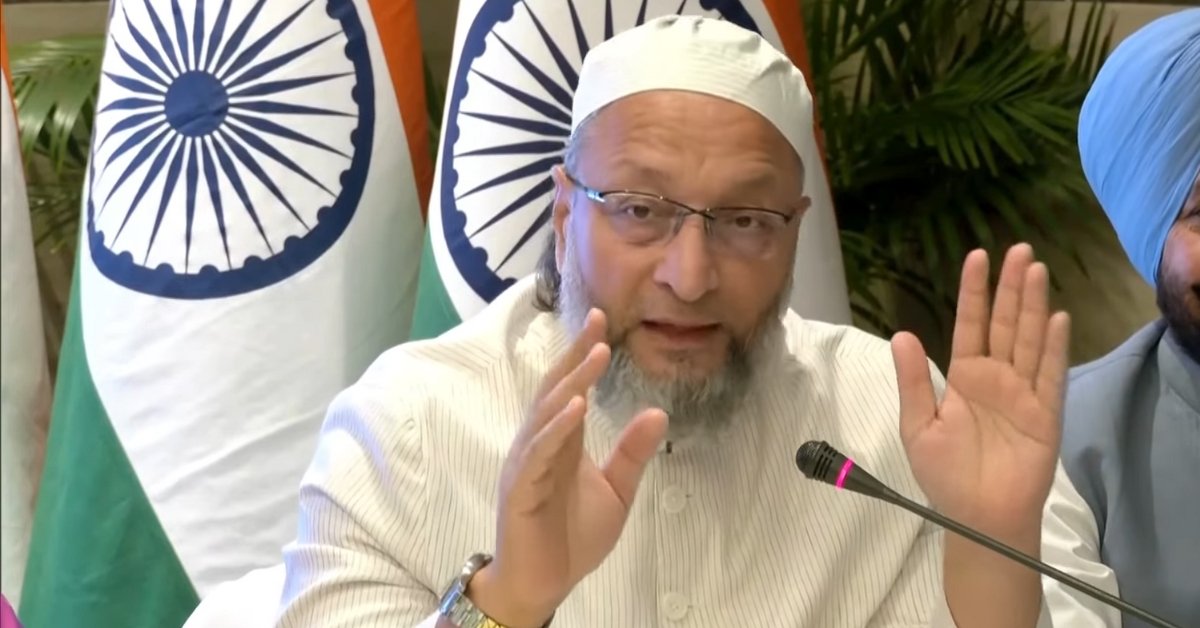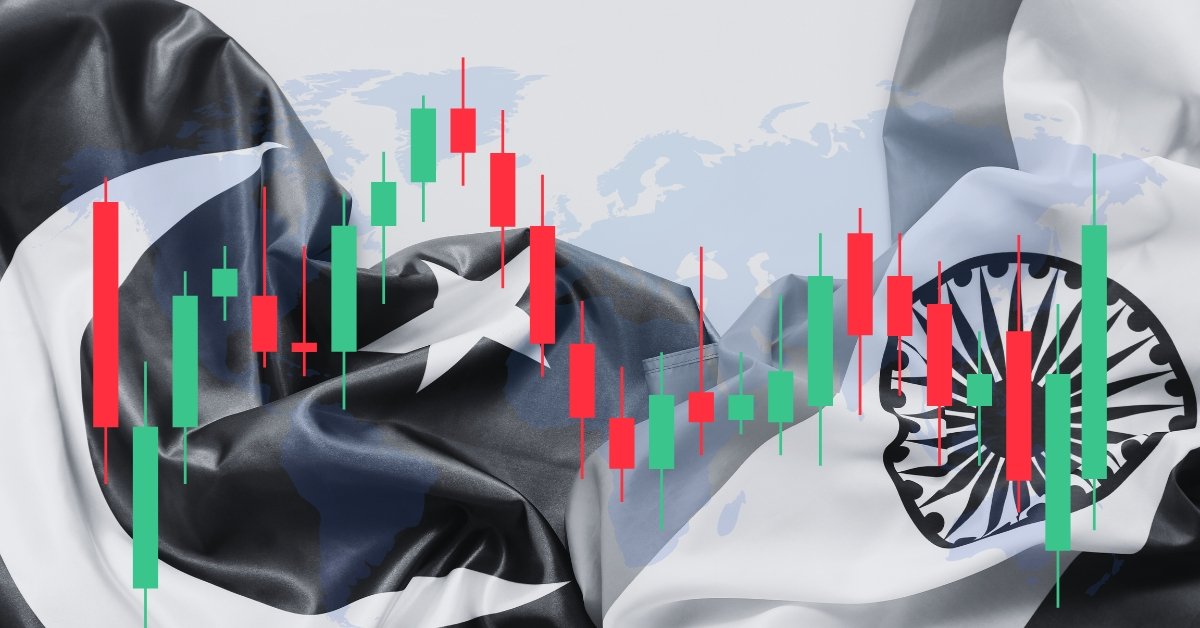Curious when Pakistan might divide into four parts? Find the reasons, regions, and predictions in this engaging post! Stay informed with clear, simple insights.
Table Of Contents
Introduction
Pakistan, a land of vibrant culture and complex history, is at a turning point.
Whispers of a potential division into four distinct regions have grown louder, fueled by economic turmoil, separatist movements, and political unrest.
Analysts like Gaurav Gupta and political figures such as BJP MP Nishikant Dubey have pointed to mounting crises that could reshape Pakistan’s future.
However, when might this happen, and why?
In this blog post, we will explore the timeline, the regions involved, and the factors driving these predictions, all in clear.
This sensitive and fascinating topic offers a window into Pakistan’s challenges today.
Whether you are a global affairs enthusiast, a history lover, or just curious about what is next for this South Asian nation, this post will guide you through the key details with empathy and clarity.
Let us dive into the question.
The Prediction
Recent analyses suggest that Pakistan could face a dramatic division, potentially splitting into four regions: Balochistan, Sindh, Khyber Pakhtunkhwa, and Punjab.
While no exact date is confirmed, predictions from early 2025 point to significant changes soon.
For instance:
- BJP MP Nishikant Dubey’s Claim: In April 2025, Dubey, speaking at an event in Jharkhand, predicted that Pakistan would divide into four parts, naming Balochistan, Pakhtunistan (Khyber Pakhtunkhwa), and Punjab, with Sindh implied as the fourth. He emphasized India’s role in countering terrorism as a catalyst.
- Gaurav Gupta’s Analysis: In a March 2025 Daily Excelsior article, Gupta argues that internal crises, economic collapse, separatist violence, and political chaos are pushing Pakistan toward disintegration, with recent events like the May 12, 2025, train attack signaling urgency.
While these sources do not pinpoint a specific month, the convergence of escalating violence, economic woes, and separatist momentum suggests that significant changes could unfold soon.
The timeline remains fluid, dependent on how these factors evolve.
Why Is Pakistan At Risk Of Division?
Pakistan’s challenges are deeply rooted, echoing its historical struggles, like the 1971 separation of East Pakistan (now Bangladesh).
Today, a mix of internal and external pressures is fueling the risk of division.
Here is a breakdown of the key factors:
- Economic Collapse: Pakistan’s economy is in freefall, with skyrocketing inflation, a devalued rupee, and depleted foreign reserves. This crisis fuels public discontent and weakens the government’s ability to maintain control.
- Separatist Movements: Armed groups in Balochistan, Sindh, and Khyber Pakhtunkhwa are intensifying their fight for autonomy, united under alliances like BRAS (Baloch Raaji Aajoi Sangar).
- Ethnic Tensions: Long-standing grievances over cultural and linguistic suppression drive independence demands, particularly in Sindh and Balochistan.
- Political Instability: Internal power struggles and resentment among provinces undermine national unity, leaving the central government vulnerable.
- External Pressures: Tensions with India, highlighted by a May 2025 CNN report on military actions following a Kashmir massacre, add to Pakistan’s instability.
These factors create a perfect storm, making the question of “when” more urgent.
The Potential Regions: Who Is Involved?
If Pakistan were to split, four provinces would frequently be cited as the likely candidates for separation: Balochistan, Sindh, Khyber Pakhtunkhwa, and Punjab.
Each region has unique grievances and historical contexts driving their push for autonomy.
Below is a detailed table summarizing the reasons and key developments for each, based on recent analyses:
| Province | Reasons | Developments |
|---|---|---|
| Balochistan | Exploitation of resources (gas, gold, copper), widespread poverty, and opposition to the China-Pakistan Economic Corridor (CPEC) | Formation of BRAS, May 12, 2025, train attack by Baloch Liberation Army (BLA) |
| Sindh | Losing dominance due to economic collapse, resentment from other provinces, and political isolation | Attacks on Chinese infrastructure, alignment with Baloch and Pashtun resistance |
| Khyber Pakhtunkhwa | Disputed Durand Line, suppressed Pashtun identity, demands for Pashtunistan or integration with Afghanistan. | Tehrik-i-Taliban Pakistan (TTP) attacks, Pakistan Army losing control |
| Punjab | Exploitation of resources (gas, gold, copper), widespread poverty, and opposition to the China-Pakistan Economic Corridor (CPEC) | Once the power center, now weakened by national crises |
Additionally, Pakistan-occupied Jammu and Kashmir (PoJK) is noted as a region that may align with India, inspired by development in Jammu & Kashmir post-Article 370 abrogation (Daily Excelsior, March 2025).
Recent Events: Signs Of Imminent Change
The prediction of Pakistan’s division is grounded in recent events, highlighting growing instability.
Here are some key developments from 2025:
- Quetta-to-Peshawar Train Attack (May 12, 2025): The Baloch Liberation Army (BLA) hijacked a train, taking hostages and showcasing the strength of separatist groups (Daily Excelsior).
- BRAS Alliance: The formation of BRAS unites Baloch, Sindhi, and Pashtun armed groups, coordinating attacks on Pakistani military and Chinese interests, signaling a united front.
- TTP Escalation: The Tehrik-i-Taliban Pakistan (TTP) has ramped up attacks in Khyber Pakhtunkhwa, targeting military bases and government offices, further eroding central control.
- India-Pakistan Tensions: A CNN report from May 7, 2025, detailed India’s military response to a Kashmir massacre, escalating cross-border tensions, and adding pressure on Pakistan.
These events suggest that the conditions for division are ripening, though the exact timing remains uncertain.
Historical Context
Pakistan’s history offers clues about its current predicament.
The 1947 partition of British India created Pakistan, but ethnic and cultural diversity have always tested its unity.
The 1971 secession of East Pakistan, driven by linguistic suppression and political marginalization, is a stark reminder of what is possible.
Today’s grievances—Sindh’s resistance to forced Urdu adoption, Balochistan’s resource exploitation, and Khyber Pakhtunkhwa’s Pashtun nationalism—mirror these past tensions.
Understanding this history helps us see why analysts are concerned.
The question is ” when ” and “how” these historical patterns might repeat or diverge in today’s context.
Challenges and Uncertainties
While the case for Pakistan’s division is compelling, it is not without debate.
Predictions from Indian sources, like Nishikant Dubey’s statement, may be seen as biased due to the India-Pakistan rivalry.
The Daily Excelsior article, though detailed, is an opinion piece, not a factual report.
No official statements from Pakistani authorities or neutral international organizations, like the United Nations, confirm the division.
Pakistan’s military, despite its challenges, remains a powerful force that could resist fragmentation.
The timeline for division is also uncertain, as it depends on unpredictable factors like the pace of separatist movements, economic recovery, or external interventions.
These complexities remind us to approach the topic with nuance and an open mind.
What Would A Divided Pakistan Look Like?
If Pakistan splits into four parts, the consequences would ripple across South Asia and beyond:
- Regional Stability: A fragmented Pakistan could destabilize neighbors like India, Afghanistan, and Iran, potentially sparking new conflicts.
- Global Interests: China, invested in CPEC, may face setbacks, while the U.S. and other powers could realign their strategies.
- Humanitarian Concerns: Economic collapse and violence could displace millions, creating a humanitarian crisis.
- New Identities: Each region could forge its path, resolving ethnic grievances and facing new governance challenges.
These possibilities underscore the importance of watching this situation closely and empathizing with those affected.
Trivia: Did You Know?
The Durand Line, a 2,430-km border between Pakistan and Afghanistan drawn in 1893, is named after British diplomat Sir Mortimer Durand. It is a key factor in Khyber Pakhtunkhwa’s separatist demands, as Afghanistan rejects the border, fueling Pashtun dreams of a unified Pashtunistan.
Conclusion: Keep Exploring the World
The question of when Pakistan might split into four parts is intriguing and sobering.
The signs are compelling, from economic collapse to separatist uprisings, yet the future is far from certain.
By exploring the regions, reasons, and recent events, we have aimed to illuminate this complex issue clearly and engagingly for all readers.
This post has sparked your curiosity about Pakistan’s path and the broader dynamics of our world.
Hungry for more insights?
Please browse our website for other global politics, history, and culture articles.
Let us keep learning and exploring together!






